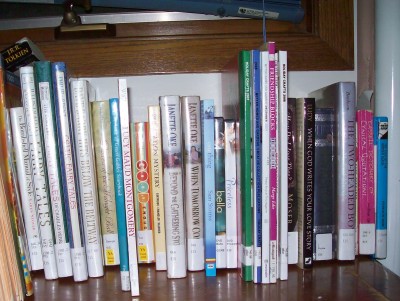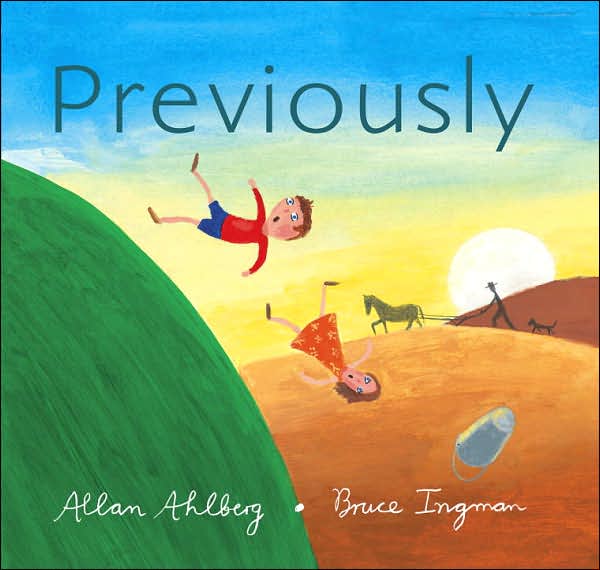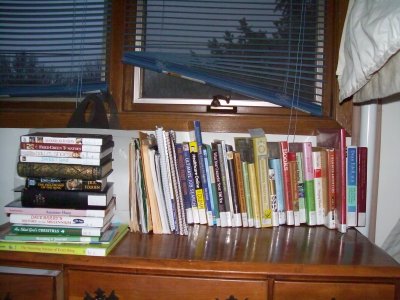Notes on Kevin DeYoung and Ted Kluck’s
Why we Love the Church:
in praise of institutions and organized religion
Chapter 1: The Missiological (Jesus Among the Chicken Littles)
The two groups that talk the most about bringing the kingdom are dominionist/theonomist types and the emergent/missional crowd. Dominionists think, “All of creation belongs to Christ. It must all submit to His kingly rule.” So they want to change laws and influence politics and exercise Christ’s dominion over the world. On the other end, missional types think, “Jesus came to bring the kingdom of God’s peace and justice. We must work for shalom and eliminate suffering in the world.” Fascinating–one group goes right wing, seeking to change institutions and public morality, and the other goes left wing, wanting to provide more social services and champion the arts.
Both camps have a point, but both are selective in their view of the kingdom, and both have too much “already” and not enough “not yet” in their eschatology.
~Why we love the church, page 39
I am not incredibly familiar with emergent/missional theology or emphasis. I have observed some themes through my blog reading, but have not done any in-depth exploration of missional or emergent ideas. So my thoughts on the missiological argument against church are written based on DeYoung and Kluck’s description of missional goals and the little that I have observed from web-surfing.
According to DeYoung and Kluck, the missional perspective says that the goal of the church is to bring Christ’s kingdom of peace, justice, and blessing to the world. They do this by emphasizing community and global transformation. This movement is strong on social justice, on taking a political and personal stand against racism, poverty, exploitation, etc.
I am much more familiar with the dominionist/theonomist perspective, as I belong (and have always belonged) to a conservative Christian congregation in which many believers desire to change the world through legislating Christian morals.
Each of these groups has a goal: bringing the kingdom of God to earth. And that is the goal of God. Jesus taught us to pray “Our Father, who art in heaven, hallowed be Thy name. Thy kingdom come, Thy will be done on earth as it is in heaven.” God wants His kingdom to come on earth.
This raises a couple of questions for the believer. First of all, what does God’s kingdom on earth look like? Second, what is the role of the believer in seeing God’s kingdom come on earth?
To the missional/emergent believer, God’s kingdom come means there is no inequality and mercy reigns supreme. To the dominionist/theonomist believer, God’s kingdom come means there is no immorality and justice reigns supreme.
And, according to both of these groups, the role of the believer in seeing God’s kingdom come on earth is to affect social and political change.
But is this what God’s kingdom on earth looks like? Is this the role of the believer in seeing God’s kingdom come on earth?
I don’t think anyone can read Scripture without agreeing that God’s kingdom is a place of peace and morality. This is clear. But does that mean that if peace and morality exist in a certain place, that God’s kingdom has come there?
Does the lack of inequality mean that God’s kingdom has come? Does the lack of immorality mean that God’s kingdom has come?
No. Because while God’s kingdom might be characterized by lack of inequality and immorality, God’s kingdom is not defined by lack of inequality and immorality. God’s kingdom is defined by God’s rule. God’s kingdom comes on earth when individuals and communities submit to God’s gracious rule. It is possible that a community can be moral without having submitted to God’s gracious rule. It is possible for a community to have equality without having submitted to God’s gracious rule. And in those cases, the community might be nice, but it isn’t God’s kingdom come.
So what should the role of individual Christians be in seeing God’s kingdom come on earth as it is in heaven? I would argue that our role is to be witnesses to the greatness of God. Our job is to testify to the power and love of Christ, and to call all peoples to submit to His gracious rule. Apart from submitting to God’s rule ourselves, our primary focus in seeing God’s kingdom come on earth should be evangelism.
Now, this is not to say that Christians should not be eager to affect social and political change. It is good to seek to feed the poor. It is good to seek to eliminate abortion. These are good things. But what does it matter if the world is composed of well-fed, moral citizens–who still die and go to hell? What does it matter if the world has feel-goods and moral standards because of Christian social action–but God is never glorified in their eyes? If that is the result of our “kingdom building”, then our “kingdom building” has been for nothing. For God’s kingdom is not built of governments, laws, and social programs. God’s kingdom is built as Christ becomes king of individual hearts.
We should be giving drinks of water to children in Christ’s name. We should be looking after widows and orphans. We should be concerned with moral standards. James 1:27 says that this is pure and undefiled religion. But we should also be proclaiming the glories of God in salvation. Either by itself is something less than pure religion.
DeYoung’s comment couldn’t be more true: “Both camps have a point, but both are selective in their view of the kingdom, and both have too much ‘already’ and not enough ‘not yet’ in their eschatology.” It is worthwhile to value social justice. It is worthwhile to value morality. But the kingdom is not social justice and morality. The kingdom is Christ’s rule–and the result is social justice and morality. Both views seek to put the cart before the horse–trying to obtain social justice and morality without the gracious rule of Christ in the hearts of people.
So let us pray for, let us seek, let us work towards seeing the kingdom of God come on earth. But let us remember that the kingdom of God comes not from social programs or political activism, but as people and nations submit to the gracious rule of God. Let us take on, as our true role in kingdom-ushering, the job of inviting peoples and nations to submit to the gracious rule of God through world evangelization.
More notes on Why We Love the Church by Kevin DeYoung and Ted Kluck:
- Review of Book
- Your Kingdom Come (Notes on Chapter 1)
- Self-Aware Revolutionaries or God-Aware Conventionalists? (Notes on Chapter 2)
- The Church in the Popularity Polls
- Traditional or Restorationist? (Notes on Chapter 5)
- How church oughta be (Notes on Chapter 5)
- New Testament Traditions (Notes on Chapter 5)
- Dogmatic or Emergent? (Notes on Chapter 6)
- Redefining Church (Notes on Chapter 7)













